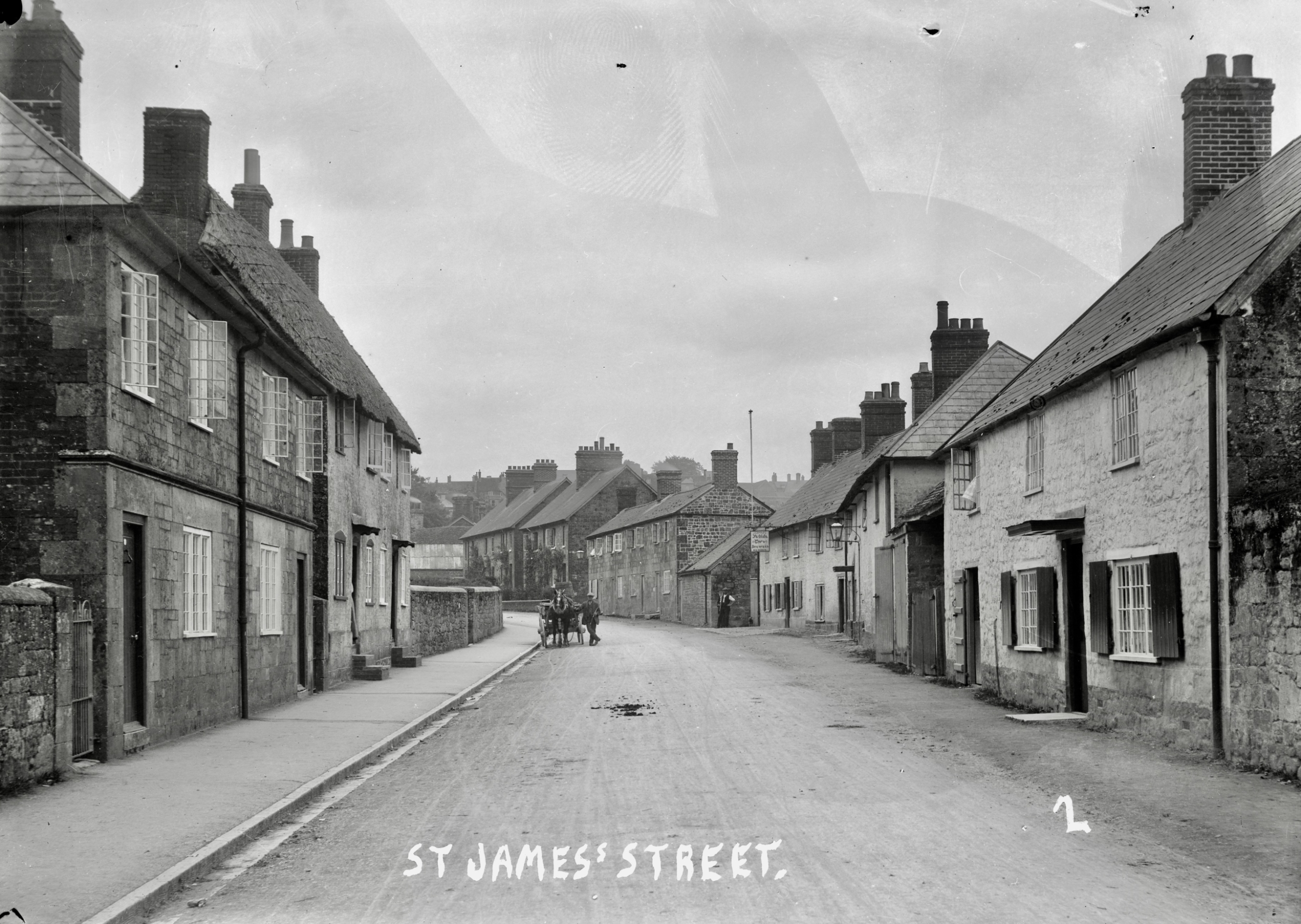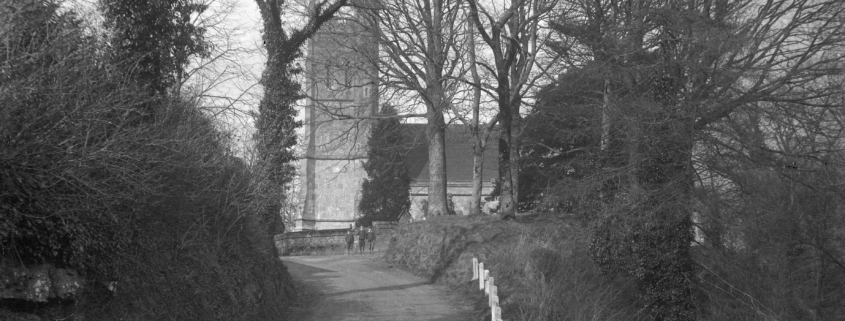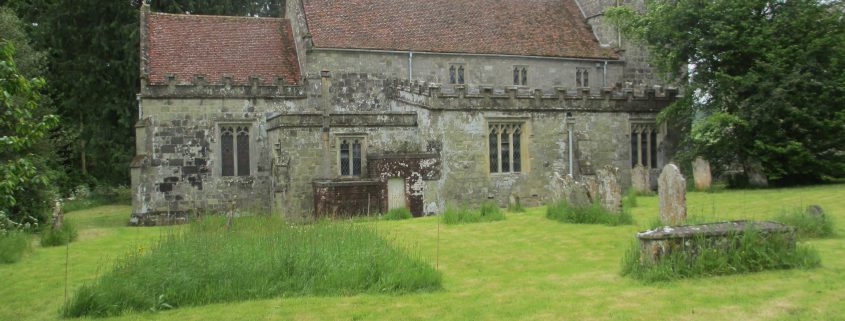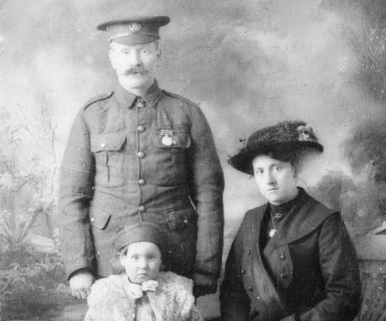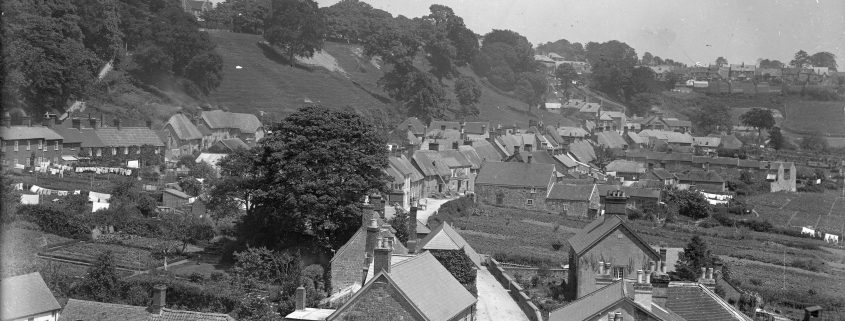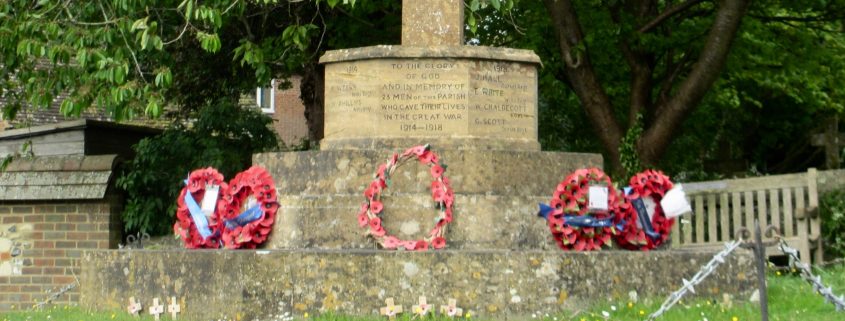Robert John Hayter
Surname: Hayter
Other names: Robert John
Locations in this story: St. James, Shaftesbury, DorsetFranceCann, Shaftesbury, DorsetShaftesbury, Dorset
Story: Robert John Hayter was born in Shaftesbury, Dorset on 23rd July 1887 and baptised at St. James Church on 4th September 1887, the son of William Hayter and Elizabeth Hayter (née Padfield). In 1911 the family lived at 30 St. James Street, Shaftesbury and Robert was employed as a Coach Painter. He married Florence Elizabeth Gamlin on 13th Mar 1913 and they went on to have at least two children. He enlisted on 10th December 1915 and was mobilized on 29th March 1916, joining the Devonshire Light Infantry as a Private (Service No. 23840) with whom he served in France from 15 Jun 1917. He was later transferred to the Labour Corps (Service No. 144607) and served with the 640th and 182nd Companies. He was demobilized on 9th June 1919 and awarded the Victory and British War medals. The 1921 Census shows him living at 5 Victoria Street, Shaftesbury, Dorset, still working as a Coach painter. and by the 1939 Register, Robert and family had moved to 310 Higher Blandford Road, Shaftesbury, now employed as a Postman. He died in September 1957 and was buried in St. Rumbold's Churchyard, Cann, Shaftesbury, on 7th September 1957.
Robert's brother Frank Percy (b.1895) also served in the war, with the Dorsetshire Regiment.
Robert's brother Frank Percy (b.1895) also served in the war, with the Dorsetshire Regiment.
Images:

